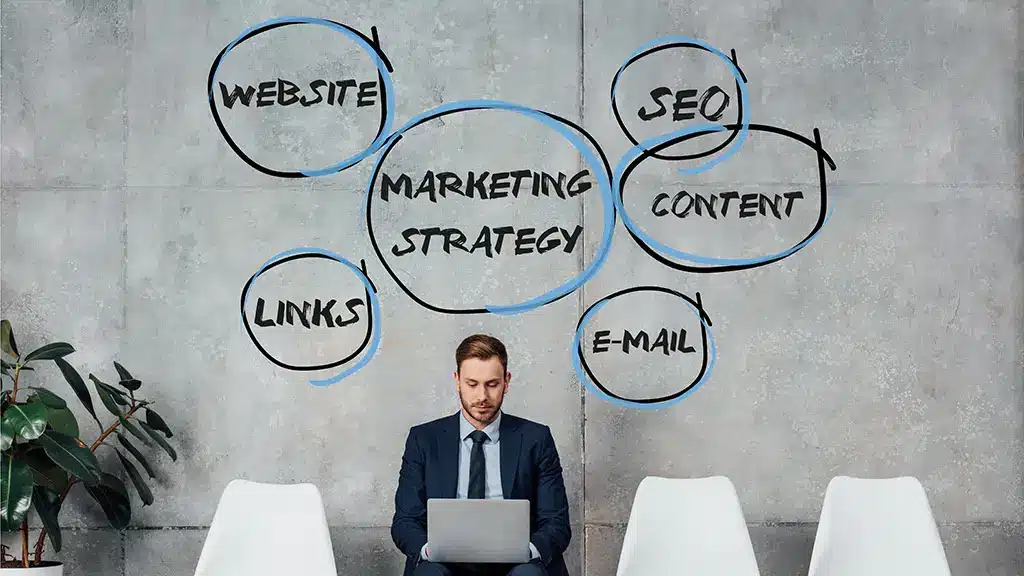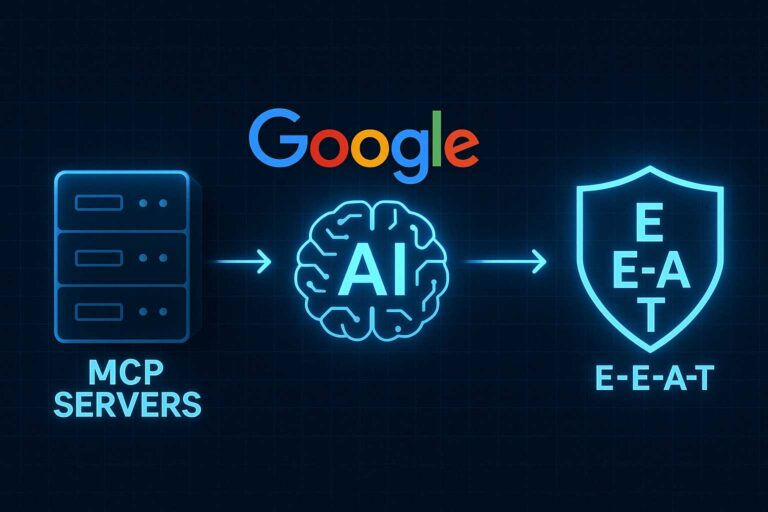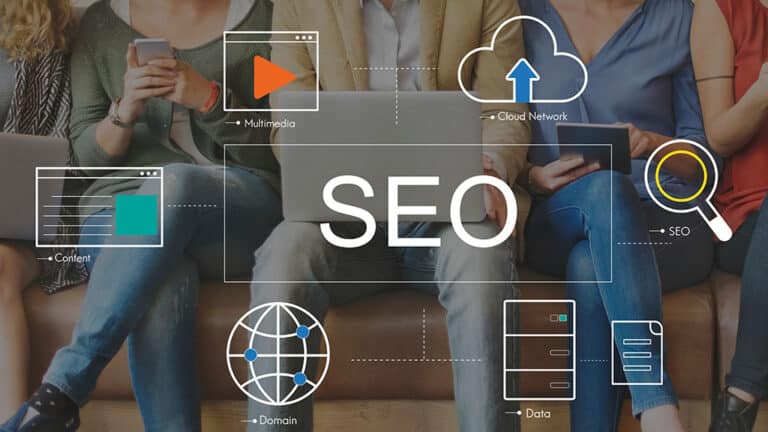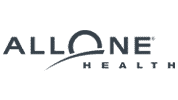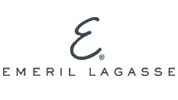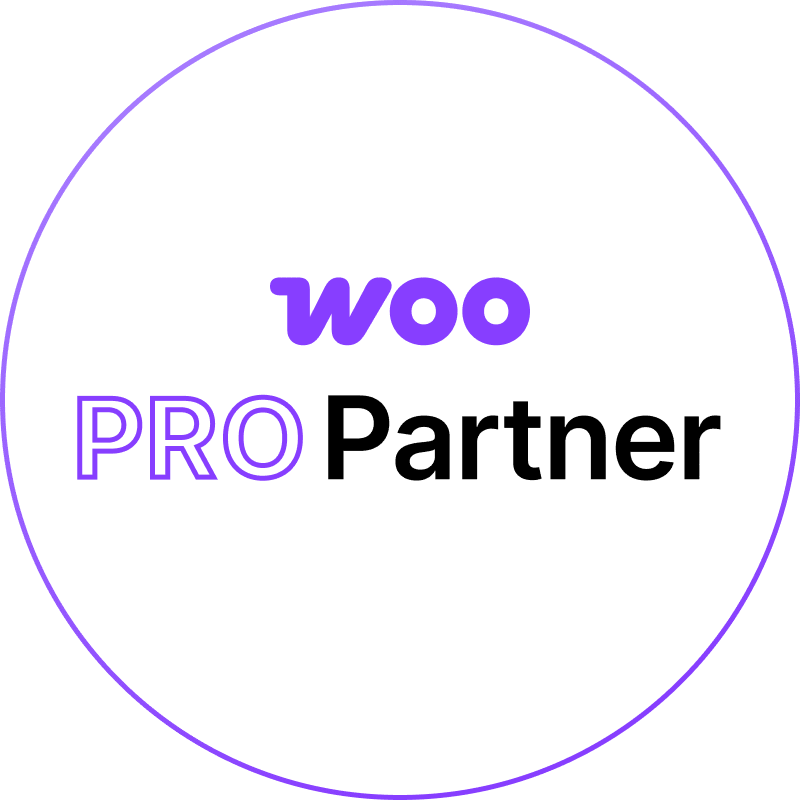How SEO and PPC Can Work Together for Maximum Results
Search Engine Optimization (SEO) and Pay-Per-Click (PPC) advertising are two of the most effective digital marketing strategies that businesses use to drive traffic, improve visibility, and boost conversions. While SEO focuses on gaining organic traffic by improving website rankings in search engine results, PPC offers a more immediate solution by placing paid ads at the top of search engine results. Both approaches have distinct benefits, but when combined strategically, they can complement each other to create a powerful and comprehensive marketing strategy that drives maximum results.
SEO and PPC may seem like separate entities, but they can work together in synergy to provide long-term growth and immediate traffic. By leveraging both strategies, businesses can increase their visibility on search engines, improve user engagement, and ultimately drive more conversions. The key is to understand how each strategy works and how they can be integrated to create a balanced approach that serves your business’s unique needs.
Benefits of SEO for Long-Term Organic Traffic
SEO is a long-term strategy that focuses on improving your website’s visibility in organic search results. By optimizing your website’s content, structure, and technical elements, SEO helps your site rank higher on search engine results pages (SERPs) for relevant keywords. Over time, SEO builds your site’s authority and trustworthiness, which leads to sustained traffic growth. Unlike PPC, which provides immediate visibility for a limited period, SEO is a gradual process that results in consistent organic traffic and higher-quality leads.
One of the primary benefits of SEO is that it offers a high return on investment (ROI) over time. Once your site achieves high rankings for important keywords, it can continue to drive traffic without ongoing costs. For example, an e-commerce site that ranks on the first page of Google for a product-related search term will continue to receive organic traffic from searchers without having to pay for each click. Additionally, SEO helps to establish your brand as an authority in your industry, fostering trust and credibility with potential customers.
With SEO, businesses can target relevant, high-converting keywords and optimize their website content to meet the needs of users. The long-term nature of SEO means businesses can build a sustainable online presence and avoid being overly reliant on paid advertising. For e-commerce businesses, working with an Ecommerce SEO Agency can help you implement effective strategies tailored to your online store’s specific needs, ensuring your site ranks well for product-related keywords, driving traffic, and increasing conversions.
Benefits of PPC for Immediate Results
While SEO focuses on long-term growth, PPC provides businesses with immediate visibility and instant traffic. With PPC, businesses bid on specific keywords to place their ads at the top of search results. This approach allows businesses to appear in front of potential customers right away, making it an ideal strategy for generating quick traffic and conversions. PPC also offers more control over targeting, allowing businesses to refine their ads based on specific demographics, locations, and search behaviors.
One of the main advantages of PPC is its ability to drive targeted traffic quickly. For example, if you’re running a promotional sale or a time-sensitive offer, PPC can help ensure that your ads are seen by a relevant audience within a short period of time. Unlike SEO, where results take months to materialize, PPC allows businesses to see results almost immediately after launching their campaigns. This makes it an ideal strategy for driving traffic during special events, product launches, or when seeking to capture market share in a competitive industry.
PPC also provides businesses with detailed data on ad performance, such as click-through rates (CTR), conversion rates, and cost per acquisition (CPA). This data allows businesses to continually refine their campaigns, optimizing for better results. For example, if certain keywords or ads perform well, businesses can increase their budget or adjust their strategy to focus on those high-performing elements. This flexibility and immediacy make PPC a valuable complement to SEO, as it ensures that your business is visible to users while your organic search rankings are still building.
By leveraging the benefits of both SEO and PPC, businesses can create a well-rounded marketing strategy that drives both immediate results and long-term growth. While SEO builds organic visibility over time, PPC offers the opportunity to capture attention and traffic right away, ensuring that your brand remains front-and-center in a highly competitive market.
Synergy Between SEO and PPC
SEO and PPC are often seen as separate tactics, but when combined, they can work together seamlessly to amplify results. By leveraging both strategies, businesses can create a comprehensive marketing approach that drives traffic, increases visibility, and improves conversions. The synergy between SEO and PPC lies in their ability to complement each other, addressing both short-term and long-term goals.
One of the primary ways SEO and PPC work together is by reinforcing each other’s effectiveness. For example, PPC ads can drive immediate traffic to your site while SEO efforts work to improve your organic rankings over time. As your organic rankings improve, PPC can be adjusted to focus on more competitive keywords or more niche audiences, allowing your business to capture a broader range of searchers.
Another way these strategies work together is by sharing valuable data. When you run PPC campaigns, you collect data on which keywords and ad copy perform best. This data can then inform your SEO strategy by helping you identify which keywords are generating traffic and conversions. You can apply these insights to optimize your organic content and improve your overall SEO performance. Conversely, insights from your SEO strategy can help you refine your PPC campaigns by targeting more relevant keywords that align with what users are searching for.
For example, if you find that a specific keyword is driving high-quality traffic to your website through SEO, you can use that information to create PPC ads that target the same keyword. Similarly, if your PPC campaign is generating significant clicks for a specific product or service, it might be worth optimizing the corresponding webpage to improve its organic ranking for that keyword. By aligning both strategies, businesses can create a holistic marketing approach that drives more qualified traffic to their site.
Data Sharing Between SEO and PPC Teams
The collaboration between SEO and PPC teams can provide valuable insights and data that can help improve both strategies. Sharing keyword data between the two teams allows businesses to optimize their efforts and avoid wasting resources on low-performing keywords. When PPC teams identify high-performing keywords that are generating clicks and conversions, they can share this data with the SEO team, which can use it to refine organic content and target those keywords more effectively.
For example, if the PPC team runs a campaign targeting a particular keyword and finds that it leads to a high conversion rate, the SEO team can focus on optimizing the page for that keyword. The SEO team may also discover additional opportunities to target long-tail variations of that keyword, which can be used to further refine the PPC strategy. By working together and sharing data, both teams can ensure that resources are being allocated efficiently and that the strategies are aligned for maximum impact.
Another important aspect of data sharing is the ability to test and refine messaging. PPC campaigns allow businesses to test different variations of ad copy, targeting, and landing pages, providing valuable insights into what resonates with users. SEO teams can then use this information to create more effective content that aligns with user expectations. For example, if the PPC team discovers that certain messaging or offers are driving higher click-through rates, the SEO team can incorporate similar language into their content to improve organic engagement.
By fostering communication and collaboration between the SEO and PPC teams, businesses can ensure that both strategies are working together efficiently, leading to better performance and results.
Increasing Click-Through Rate (CTR) with Both SEO and PPC
Combining SEO and PPC can have a significant impact on your click-through rate (CTR). CTR refers to the percentage of users who click on your website after seeing your ad or organic search listing. The higher your CTR, the more traffic you drive to your website. When SEO and PPC are used together, they increase the likelihood that your business will appear in multiple places on a search engine results page (SERP), leading to higher visibility and increased CTR.
When a user sees both an organic listing and a paid ad for the same business, it reinforces brand recognition and trust. This dual presence in search results can make your business appear more credible and authoritative, which increases the chances of users clicking on one of your listings. Studies have shown that appearing in both organic and paid results increases CTR by as much as 30%.
For example, an e-commerce website that appears both in the organic search results for “buy running shoes” and in a paid ad at the top of the SERP is likely to receive more clicks than a website that only appears in one of those places. This increased visibility creates more opportunities for user engagement, which leads to higher traffic and, ultimately, better conversions.
Additionally, SEO can help improve the quality and relevance of your PPC ads by providing insights into the keywords that users are searching for and the content that resonates with them. By ensuring that your PPC ads are closely aligned with your organic content, you can increase the likelihood of clicks and conversions.
Combining SEO and PPC to increase CTR can help businesses gain more visibility in a competitive market, driving traffic and improving overall performance across both channels. By strategically aligning both strategies, businesses can maximize their potential to capture relevant traffic and improve their ROI.
Using PPC for Keyword Testing and Refinement
One of the biggest advantages of integrating SEO and PPC is the ability to use PPC as a testing ground for keywords. PPC campaigns provide immediate, actionable data, allowing businesses to quickly identify which keywords are driving traffic and conversions. While SEO requires more time to see the effects of keyword optimizations, PPC offers a way to test the waters and gain insights in real-time.
When running a PPC campaign, businesses can bid on a variety of keywords and monitor their performance closely. If certain keywords generate a high click-through rate (CTR) and lead to conversions, these keywords can then be prioritized for SEO efforts. Similarly, if some keywords aren’t performing well, they can be eliminated or adjusted for future campaigns.
For example, an online retailer selling outdoor gear might test keywords like “best camping tents” or “affordable hiking boots” through PPC ads to see which ones resonate most with customers. If the campaign shows that “best camping tents” generates more clicks and conversions than the other keyword, the SEO team can then focus on optimizing product pages for that term, knowing it has already proven effective in PPC.
This testing process also allows businesses to experiment with variations of the same keyword. For instance, while one version of a keyword might perform better in PPC, a related variation could drive even more traffic organically. This data can be used to optimize SEO content further, ensuring that businesses are targeting the most relevant and profitable keywords.
PPC’s ability to provide immediate feedback enables businesses to refine their SEO strategies more quickly and effectively. By identifying high-performing keywords early through PPC, businesses can implement these insights into their SEO efforts, accelerating the process of improving rankings and driving relevant traffic.
Remarketing Opportunities Through PPC and SEO
Remarketing is a highly effective strategy for both PPC and SEO, and when combined, these efforts can maximize the return on investment (ROI) by re-engaging potential customers who have interacted with your website but did not convert. Remarketing allows businesses to target users who have previously visited their site with ads or specific content that encourages them to return and complete a purchase or action.
Using PPC for remarketing works by targeting users who have already clicked on a PPC ad or visited the website but did not make a purchase or sign up. By displaying targeted ads to these users as they browse other websites or search online, businesses can keep their brand top-of-mind and encourage them to revisit the site.
Similarly, SEO can support remarketing efforts by improving organic content that targets users who have previously interacted with the site. For example, if a user visited a product page but didn’t purchase, SEO efforts can be used to create blog content or landing pages that target that user with additional information about the product or offer, such as special discounts, testimonials, or comparisons to similar products. This can prompt the user to return to the site through organic search.
The combination of PPC and SEO for remarketing maximizes visibility and keeps users engaged through both paid and organic channels. By serving ads through PPC while providing valuable content through SEO, businesses can increase their chances of conversion by meeting customers where they are at various stages of the purchasing journey.
Cost-Efficiency: How SEO and PPC Can Reduce Overall Marketing Spend
When used together, SEO and PPC can be a cost-effective combination for businesses, especially when they are looking to balance short-term results with long-term gains. While PPC can generate immediate results, it requires an ongoing budget to continue receiving traffic. SEO, on the other hand, provides long-term benefits but requires patience and investment upfront.
By combining the two strategies, businesses can reduce their reliance on paid ads over time. For example, as SEO efforts start to show results and drive organic traffic, businesses can begin to scale back on their PPC spend and focus on more strategic, high-conversion campaigns. The combination of organic traffic from SEO and paid traffic from PPC ensures a steady flow of visitors, even as the reliance on paid ads decreases.
Additionally, businesses can optimize their PPC campaigns based on the insights gained from their SEO efforts. By identifying which keywords and content perform well organically, businesses can allocate their PPC budgets more effectively, focusing on the most profitable terms. This allows for a more efficient allocation of marketing dollars, maximizing the impact of both strategies.
By using SEO to build a strong organic foundation and PPC to drive immediate traffic, businesses can achieve a balanced marketing approach that reduces the long-term reliance on paid ads while still capturing relevant traffic through both channels.
Measuring Success: KPIs for SEO and PPC Integration
Measuring the success of SEO and PPC efforts is essential for ensuring that both strategies are contributing to the overall business objectives. By tracking the right key performance indicators (KPIs), businesses can assess the effectiveness of their combined efforts and identify areas for improvement.
For SEO, some key metrics to monitor include organic traffic, keyword rankings, bounce rates, and conversions. Organic traffic measures the number of visitors coming to your site through search engines, while keyword rankings show where your website stands in relation to specific search terms. Monitoring bounce rates helps gauge how well your content engages users, while conversion tracking allows businesses to see if their SEO efforts are leading to actual sales or sign-ups.
For PPC, important metrics include click-through rate (CTR), cost per click (CPC), conversion rate, and return on ad spend (ROAS). CTR shows how effective your ad copy is at attracting clicks, while CPC measures how much you’re paying per click. Conversion rate reveals how many clicks are leading to desired actions, and ROAS shows how much revenue you are generating for each dollar spent on PPC ads.
The key to successfully integrating SEO and PPC is tracking both sets of metrics to evaluate how they are working together. By using tools like Google Analytics, Google Ads, and other third-party software, businesses can track the performance of both channels and make data-driven decisions to optimize their strategies. The insights gained from this data can help refine both SEO and PPC tactics, leading to improved performance and maximum results.
By effectively measuring and optimizing both SEO and PPC, businesses can ensure that both strategies are working together to achieve a greater overall return on investment.

